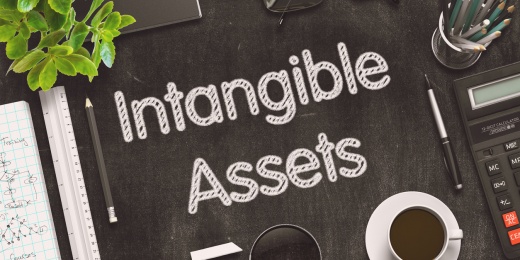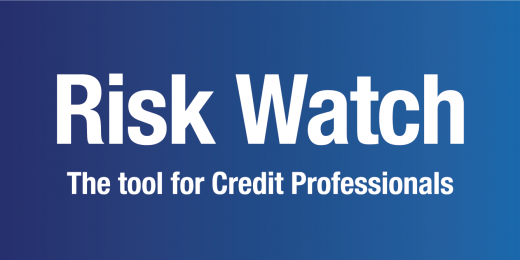Intangible Assets and their impact on valuations Part 2 How are Intangible Assets typically treated in valuations.
Share

This is the second in a series of articles on intangible assets, and their treatment and impact on valuations, this article looks how intangible assets are typically treated in a valuation.
Quite often little consideration is given to the value of intangible assets because:
- In SME companies the value of the intangible assets are insignificant in the context of the valuation of the company; and
- In larger corporations where values of intangible assets might be calculated they are typically calculated as an afterthought that does not affect the value of the company being valued and are effectively a function of the earnings-based valuation of the company.
In both cases the reason that little consideration is given to the value of the intangibles owned by a company is the same, it is because where intangibles are considered they are treated as a subset of Goodwill.
Effectively when valuing a business the following process is followed:
- The business is valued based on its earnings, lets say the earnings of the business were $200,000 and the business is assumed to have an earnings multiple of 5.00 therefore the business has a value of $1,000,000 (being $200,000 multiplied by 5.00).
- The value of the company’s net assets on the balance sheet is deducted (typically intangible assets do not appear on the balance sheet of a company unless it has previously purchased another company because internally generated assets are assumed to have a value of $Nil). If the balance sheet has net assets of $600,000 then the remaining company assets of $400,000 are assumed to be ‘Goodwill’.
- Typically when valuing SME’s no further analysis is conducted, however, if the value of a particular intangible asset such as a brand were to be calculated it would typically be limited by the value of the goodwill (i.e. it would have a maximum value of $400,000).
- If the value of the brand was calculated at $50,000 then the value of net assets would increase by $50,000 and the goodwill would reduce by $50,000 to $350,000 and the overall value of the company would remain unchanged.
This would be expressed as follows, where in column A the value of the brand is not calculated and in column B the value of the brand is calculated at $50,000:

What if the Company was valued on a net asset basis?
It could be argued that if a company was valued on a net asset basis (i.e. based on the balance sheet) and that if the balance sheet does not include all of the company assets then an adjustment should be made to increase the value of the business.
In the above example, it could be argued that if the company was being valued on a net asset basis that its value was $650,000 (being the value of the net assets of $600,000 plus the brand value of $50,000). Whilst there are some exceptions this approach is incorrect.
When valuing a business a valuer will usually use multiple techniques and take the highest result. So in the above example, a net asset value will only be used if it is higher than the earnings value.
For example, if earnings were only $100,000 per year and the business had a multiple of 5.00 then the earnings value would be only $500,000, $100,000 less than the net asset value. In this instance, there is no goodwill.







